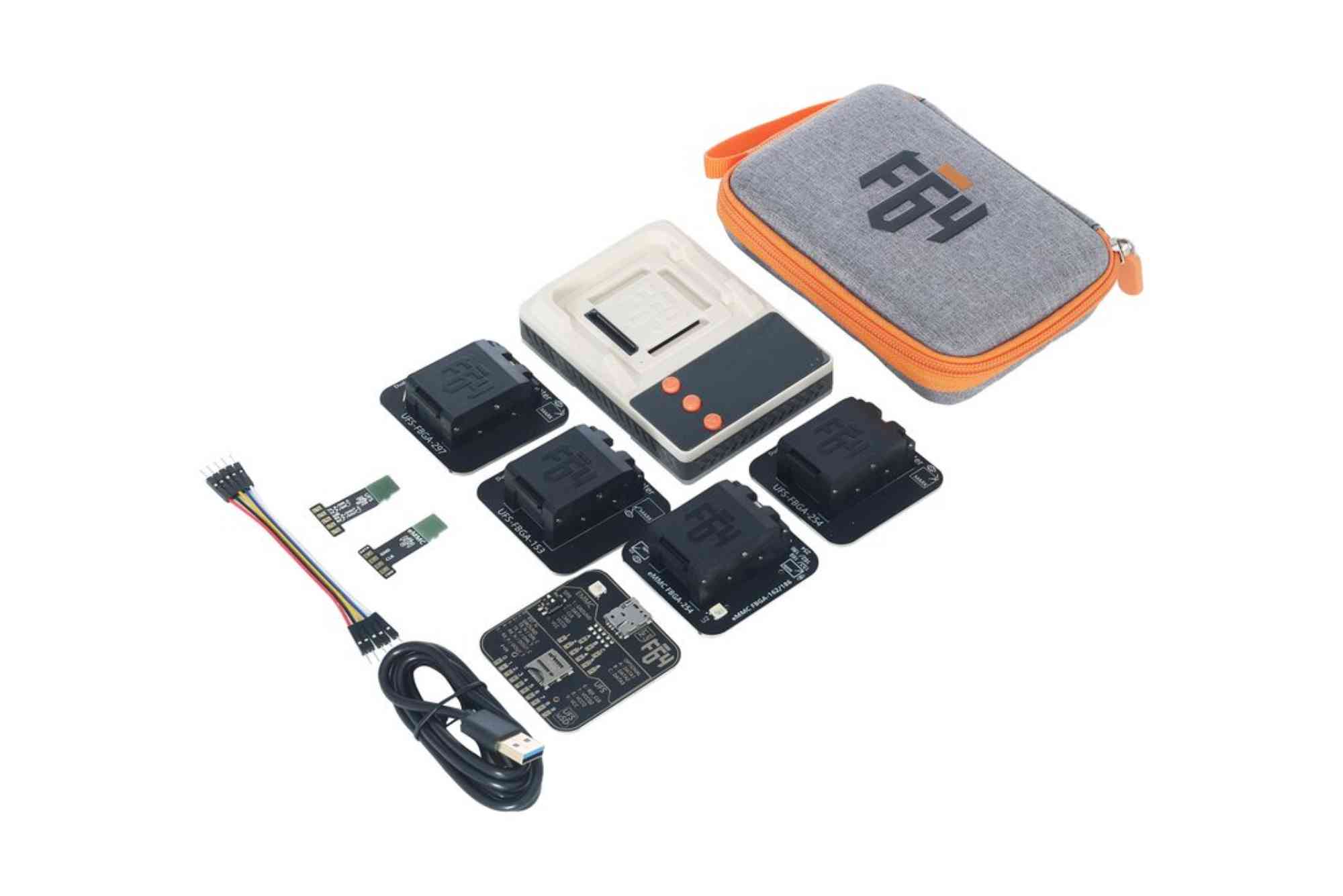Android Mobile Flashing Software Box: A Complete Guide
Flashing your Android device can solve several issues—boot loops, software glitches, bricking, or even network unlocking. For professionals and advanced users, one essential tool in this process is the Android mobile flashing software box. These powerful boxes are more than just software; they combine hardware with specialized flashing utilities that can deeply interface with your phone’s firmware.
Whether you’re a mobile technician, enthusiast, or someone facing stubborn phone issues, this complete guide will walk you through what flashing boxes are, how they work, their advantages, and which ones stand out today.
What Is an Android Mobile Flashing Software Box?
An Android mobile flashing software box is a toolset used to install or repair a device’s firmware. Unlike ordinary software flashing tools you install on your PC, a flashing box includes a hardware interface (the “box”) that communicates directly with the phone’s chipset. This setup ensures low-level access, enabling you to bypass many security restrictions and perform complex tasks.
Why Use a Flashing Box for Android Devices?
Flashing software boxes are essential for technicians who work with multiple devices. They can fix deep system errors, unlock patterns, remove FRP (Factory Reset Protection), and support a wide range of Android phones, including brands like Samsung, Xiaomi, Vivo, Oppo, and Huawei.
Deeper Access to Firmware
Flashing boxes can write firmware directly to a phone’s storage, even in cases where the phone is bricked or stuck in bootloader mode.
Versatility Across Brands
Most premium flashing boxes come pre-loaded with support for hundreds of device models, chipsets, and bootloader configurations.
Advanced Repair Features
These tools can remove network locks, repair IMEI numbers (where legal), remove Google account locks, and reset forgotten passwords.
How Android Mobile Flashing Software Boxes Work
The box connects your mobile device to a computer via USB. Once connected, the associated software (usually a proprietary suite from the box manufacturer) is used to select the phone model, load firmware, and execute flashing commands.
In most cases, the phone must be powered off and placed into “Download Mode” or “EDL Mode” (Emergency Download Mode), depending on the brand and chipset. After that, the software takes control and rewrites the system files or patches necessary areas.
Popular Flashing Software Box Brands
Several flashing boxes dominate the Android repair industry due to their reliability and compatibility with a wide range of devices. Here are a few standout options known to work well with Android mobile flashing tasks:
Miracle Box
Miracle Box supports a wide range of MediaTek and Qualcomm chipsets. It’s user-friendly and offers one-click operations like FRP bypass, flashing, and unlocking.
UMT (Ultimate Multi Tool)
Known for its regular updates and reliability, UMT supports Qualcomm and MediaTek devices. It’s excellent for pattern unlocking, firmware flashing, and resetting FRP.
Octoplus Box
Octoplus is a premium choice, especially for Samsung and LG devices. It allows for deep-level flashing, rooting, and network unlocking.
Z3X Box
Highly favored by Samsung service centers, Z3X supports firmware flashing, unlocking, IMEI repair, and more. It works well for both new and old models.
NCK Box
This box supports MTK and Spreadtrum chipsets. It provides quick flashing, unlocking, and repair features in a lightweight software package.
Features to Look For in a Flashing Box
When selecting an Android mobile flashing software box, it’s crucial to consider what features are included and whether the tool will support your specific use case.
Regular Software Updates
The Android ecosystem is constantly evolving. A good flashing box should come with frequent updates that add support for the latest devices and security patches.
Broad Device Compatibility
Support for Qualcomm, MediaTek, Exynos, and Spreadtrum is a must. Check compatibility lists before purchase.
Easy User Interface
Even though these are professional tools, a straightforward GUI saves time and reduces errors.
Unlocking and Repair Capabilities
FRP bypass, pattern reset, IMEI repair (if legally allowed), and bootloader unlock functions are must-haves for technicians.
Is Flashing Safe for Your Android Device?
Yes, but only if done correctly. Flashing via a software box is safer than using generic third-party tools because of its deep integration with the hardware layer. However, incorrect firmware or improper use can still brick the device.
It’s crucial to:
- Back up the phone if possible
- Use firmware specifically for your model and region
- Follow official procedures outlined by the box’s software
When Should You Use a Flashing Box?
Flashing boxes aren’t for daily use. They shine in specific scenarios such as:
- Bricked phones stuck in boot loops
- Forgotten screen lock or Google lock
- Dead phones after failed OTA updates
- Downgrading or upgrading firmware
- Unlocking region or carrier restrictions
Software vs. Hardware Boxes: Which Is Better?
While many free tools exist (like SP Flash Tool, Odin, or ADB), they often require bootloader access or rooted devices. In contrast, Android mobile flashing software boxes offer hardware-assisted access even when the device has no bootloader or is fully locked.
For professional use, flashing boxes are more powerful, versatile, and effective, especially when dealing with encrypted or unresponsive devices.
Legal and Ethical Considerations
Using these tools to unlock or flash devices should be done within legal boundaries. Many countries consider IMEI repair illegal unless approved by the original manufacturer or carrier. Always obtain consent when handling client devices and avoid pirated or cracked flashing tools.
Getting Started: What You Need
To begin working with a flashing box, you’ll need:
- A compatible PC (usually Windows)
- The flashing box hardware and licensed software
- Correct USB drivers installed for the phone brand
- Firmware files for the specific model
- USB cables and EDL test points (for certain devices)
Maintenance Tips for Flashing Boxes
- Keep your software and firmware libraries up to date
- Store activation keys and login credentials securely
- Avoid sharing your box online, as it can lead to account bans
- Use a surge protector to prevent hardware damage
Are Flashing Boxes Worth It?
For professionals, mobile shops, and advanced users, the Android mobile flashing software box is a must-have. It offers unmatched power, flexibility, and device compatibility compared to software-only tools. From fixing hard bricked phones to removing locks and flashing stock firmware, this tool is indispensable in any serious Android repair workflow.
If you’re just starting out, begin with a user-friendly option like Miracle Box or UMT. As you become more confident, consider investing in Octoplus or Z3X for premium brand-specific support.
FAQs
What is the best flashing box for Android?
Miracle Box and UMT are among the most popular due to their broad chipset support and regular updates.
Can I use a flashing box without internet?
Some boxes allow offline operations, but most require internet for activation or firmware downloads.
Is it legal to use a flashing box?
Yes, for repairs or updates. However, IMEI repair and network unlocks must comply with local laws.
Can a flashing box unbrick a dead phone?
Yes, provided the hardware isn’t physically damaged. Flashing tools can recover devices stuck in boot loops or showing no signs of booting.
Do I need to root the phone to flash it?
No. Flashing boxes operate at a hardware level and do not need root access.





